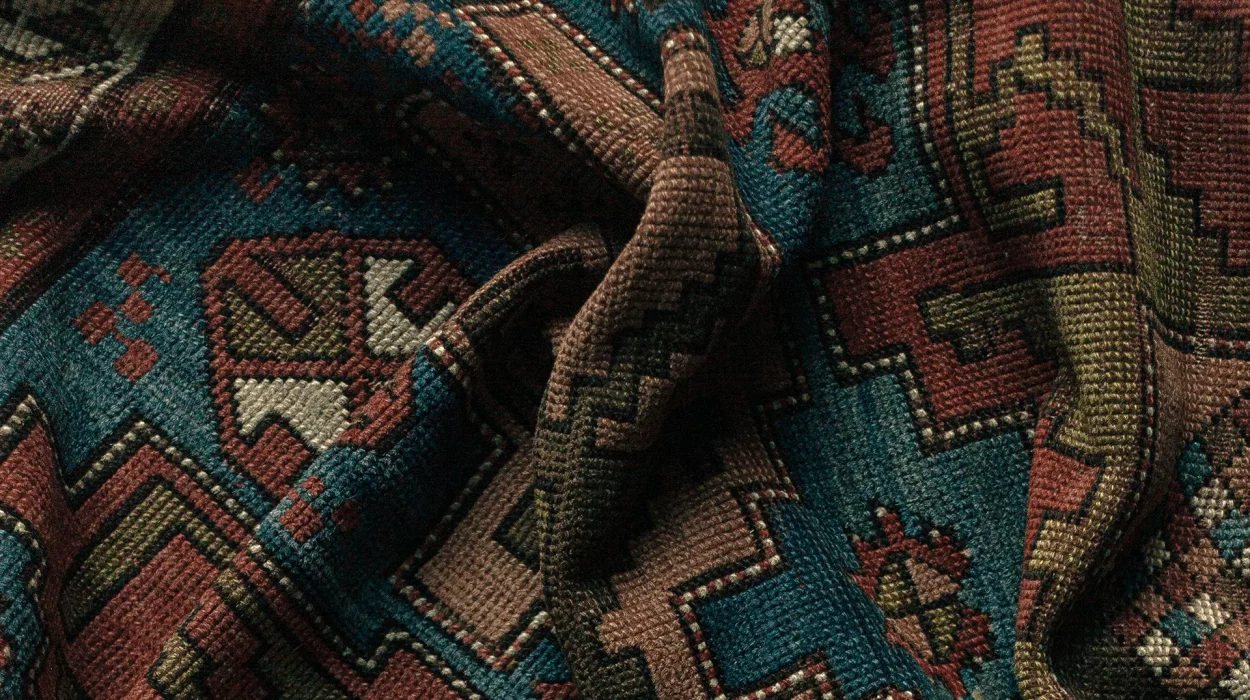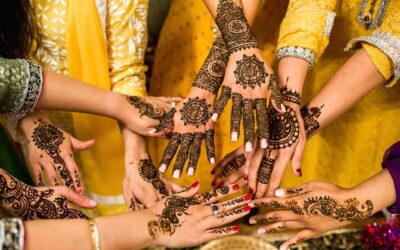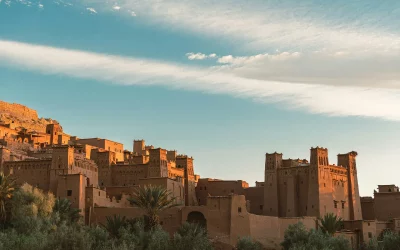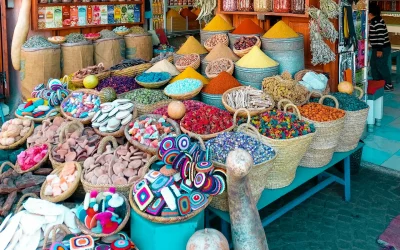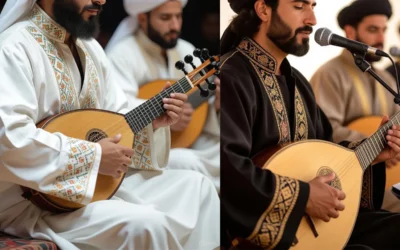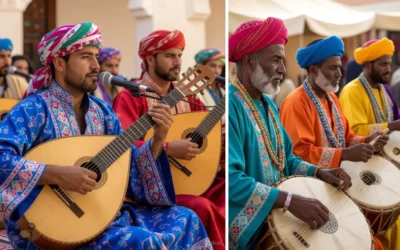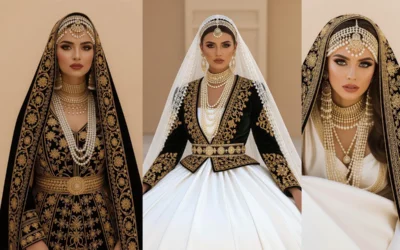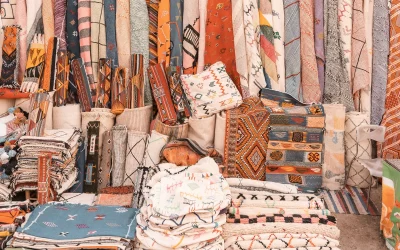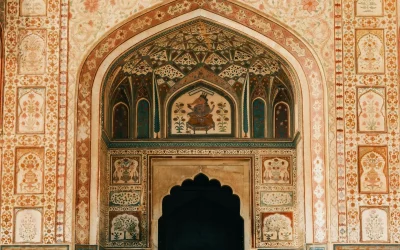Much more than just traditional clothing, the Moroccan caftan embodies a true cultural system, rooted in the history, craftsmanship and social practices of the Kingdom. At the crossroads of craftsmanship, spirituality and contemporary creation, it is now a strong marker of identity and an emblem of Morocco’s intangible heritage. In recognition of this richness, the country has submitted the caftan for inclusion on UNESCO’s Representative List of the Intangible Cultural Heritage of Humanity.
The art of detail at the heart of the craft
The Moroccan caftan is distinguished by its elaborate textile architecture, where each technical component has an aesthetic and symbolic dimension. Two elements form its foundation: the sfifa, a hand-woven braid, and the akkâd, individually shaped silk buttons. Made using ancestral techniques – card weaving or finger braiding – the sfifa structures the garment with a geometric precision reminiscent of Moroccan zellige.
The akkâd fasten the garment and reinforce its vertical elegance. Produced mainly in Sefrou, these buttons are now an essential source of income for thousands of women who have formed craft cooperatives.
Other iconic accessories enrich the ensemble: balgha (traditional slippers), embroidered belts, fastenings such as the cheddat, and fine fabrics such as velvet, natural silk and brocade. The Fassi caftan, the Rbati caftan and the Tetouan caftan reflect a rich regional diversity, with styles varying according to local traditions and specific embroidery patterns — tarz fassi, tarz rbati, tarz tetouani — all steeped in meaning.
Uninterrupted transmission and preserved expertise
The uniqueness of the Moroccan caftan lies in the uninterrupted continuity of its transmission. Unlike other countries in the Maghreb, where craft traditions have sometimes been interrupted by colonisation, Morocco has managed to preserve and develop its crafts. In Fez, families such as the Ben Cherifs still practise the art of weaving exceptional fabrics such as Khrib and Bahja.
In the 1930s, ethnographers Jean Besancenot and Jeanne Jouin documented the richness and diversity of Moroccan women’s costumes. Since then, the art of caftan making has developed around a solid ecosystem: the Maison de l’Artisan, founded in 1957, professional guilds, training centres and royal policies committed to preserving traditional skills.
Throughout the Kingdom, the caftan retains a central place in key moments of life: weddings, religious festivals, and official ceremonies. Outfits such as the chedda, a sumptuous bridal ensemble with many regional variations (Fez, Oujda, Tetouan, etc.), bear witness to this living tradition.
From heritage to the catwalk
The Moroccan caftan has not only stood the test of time, it has also crossed borders. Since the 1960s, it has inspired fashion designers around the world. Yves Saint Laurent, who fell in love with Marrakech, made it a stylistic reference. Moroccan designers Tamy Tazi and Zina Guessous have reinterpreted the caftan, adapting it to contemporary codes without betraying its soul.
This popularity has encouraged the export of other traditional Moroccan garments, such as the djellaba and haïk, to Algeria, Tunisia, Egypt and Senegal. It has also helped to promote and recognise the excellence of Moroccan craftsmanship beyond national borders.
Today, organisations such as the Timendotes association play a major role in preserving and promoting this living heritage. By training craftswomen, cataloguing more than 200 sfifa patterns, supporting rural women’s cooperatives and leading international artistic projects, Timendotes embodies an inclusive and sustainable approach to Moroccan craftsmanship.
A heritage to be recognised and passed on
The Moroccan caftan is not stuck in the past or reduced to a folkloric function. It is a living textile architecture, imbued with memory, spirituality, know-how and emotion. It embodies both a plural history — nourished by Andalusian, Jewish, Amazigh and Muslim influences — and a fully embraced modernity.
Its recognition by UNESCO would not be a mere symbolic accolade, but an essential step in the active preservation of this living heritage. It would crown a unique cultural system at the crossroads of tradition, innovation and artisanal sovereignty.

